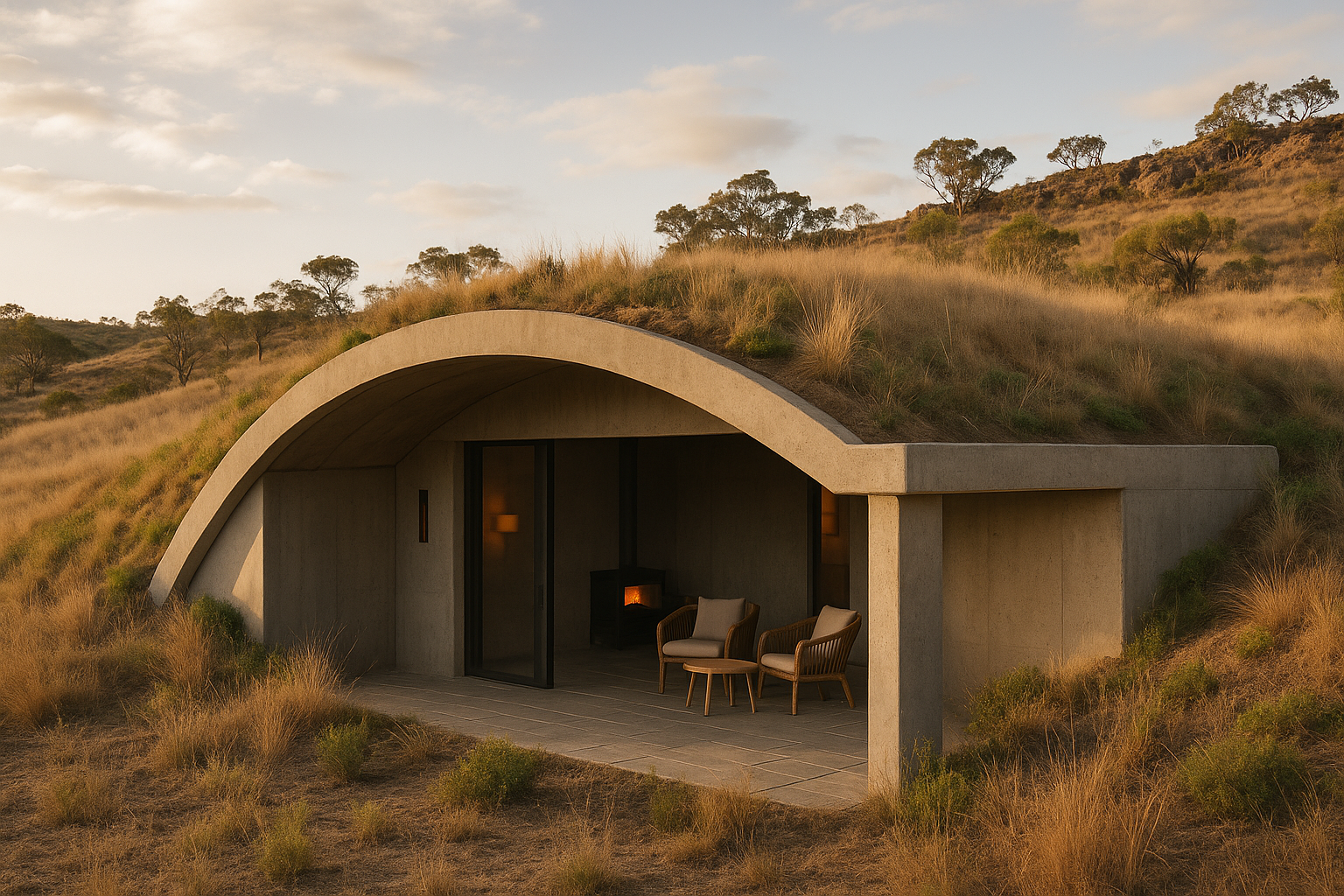Bushfire-Resistant Home Design: Strategies for Safer Living
With bushfire seasons intensifying, home design in Australia must go beyond aesthetics. Bushfire-resistant architecture is about life safety, resilience, and peace of mind — achieved through smart siting, robust materials, and BAL-rated detailing.

Understanding BAL Ratings
The Bushfire Attack Level (BAL) framework classifies sites from BAL-Low to BAL-FZ (Flame Zone). Each level dictates construction standards, from ember screening to non-combustible materials, ensuring buildings can withstand specific fire conditions.
Design Principles for Fire Safety
- Compact, simple forms: reduce ember traps and weak points.
- Recessed glazing: with toughened or laminated glass and ember-resistant seals.
- Non-combustible exteriors: concrete, steel, mineral-based finishes.
- Protected openings: screened vents, minimal roof penetrations, concealed gutters.
- Earth berms & sheltering: soil as natural radiant-heat shields.
Materials That Matter
Selecting the right materials is critical. Reinforced concrete, steel framing, compressed fibre cement, and fire-resistant glazing are preferred choices. Timber can still be used internally but should be shielded externally.
Beyond Code Compliance
Compliance with AS 3959 is only the baseline. Great bushfire design integrates landscape management, access routes, water storage, and passive survivability features. This holistic approach ensures homes are not just code-compliant but genuinely resilient.
Is Bushfire-Resilient Design Right for You?
Every site presents unique challenges. By working with architects experienced in both bushfire compliance and sustainable design, you can create a home that balances beauty with resilience — tailored to your land and lifestyle.
